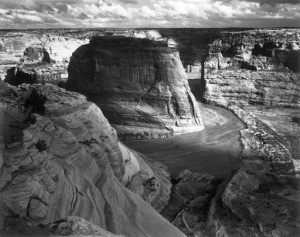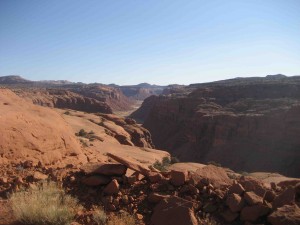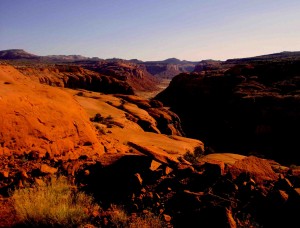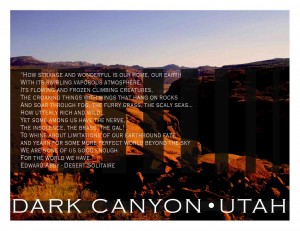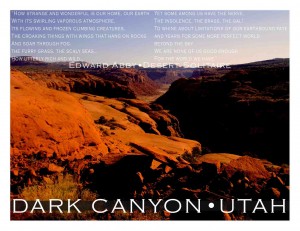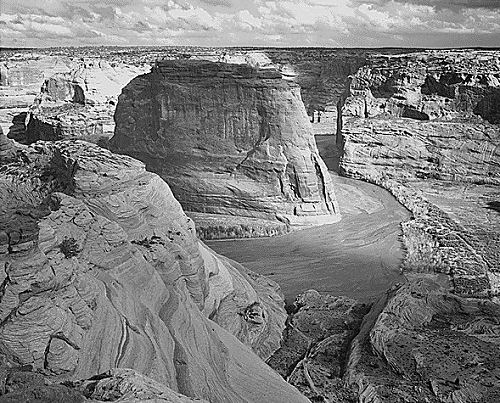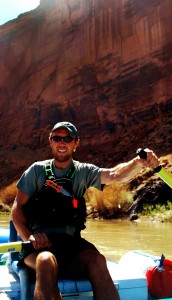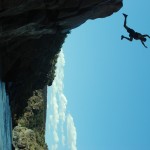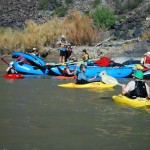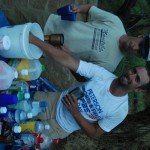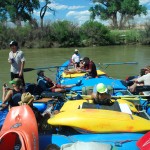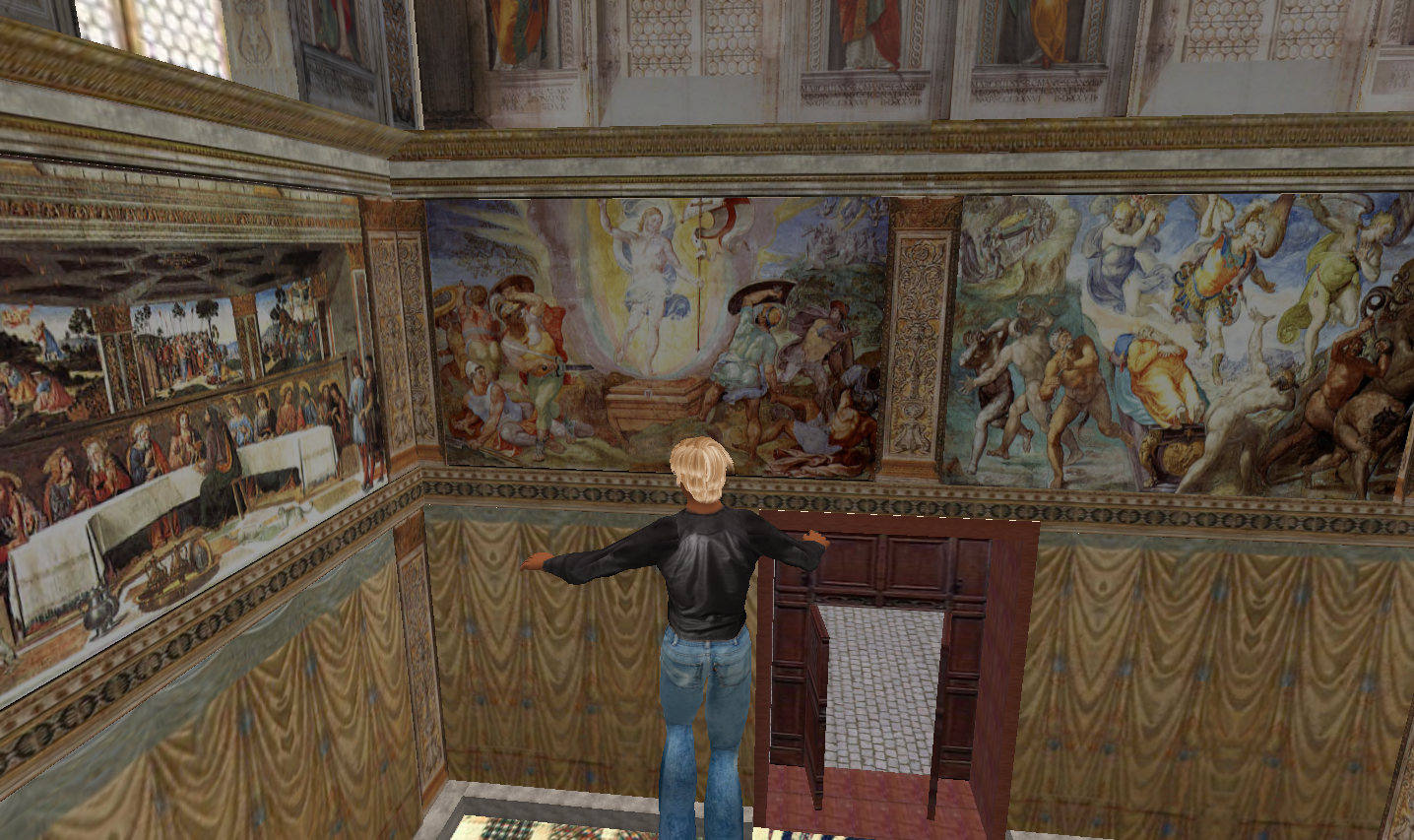Second Life
I would like to discuss my overall experience inside Second Life. I was first introduced to Second Life my sophomore year of college inside one of my education classes. We used the program to communicate with people with disabilities around the world. It was pretty crazy when I first heard about it, I thought why would people want to have a second life. I do understand now, that it is very important and is a great social opportunity for some people. This past spring I had the opportunity to do a little bit of architecture inside Second Life. I was able to partially design my professors office for the Technology Education program at Bowling Green. Finally it was awesome this summer to be able to use Second Life interactively to complete an online class.
Second Life this summer was really cool to use and sometimes was rather difficult given the situation I was in. Currently I am living on Fort Carson Army Base which has a ridiculous amount of restrictions, and one of those has to deal with bandwidth and the availability of it. On base their is no wireless that is free and none of the computer will allow you to access Second Life. But I think I have been able to manage alright. The Internet was definitely the most difficult part for myself, and I have also had a little bit of trouble with my availability due to the two hour time difference.
Second Life is a great opportunity for any individual to learn about different cultures, art, and design. Before this class I had never had the opportunity to design my own character, or upload my own images inside Second Life. Also it was great to be able to work with others inside Second Life and interact as much as possible making it as close to real life as possible. Overall it was a very good experience, and I hope this class continues in this fashion.




